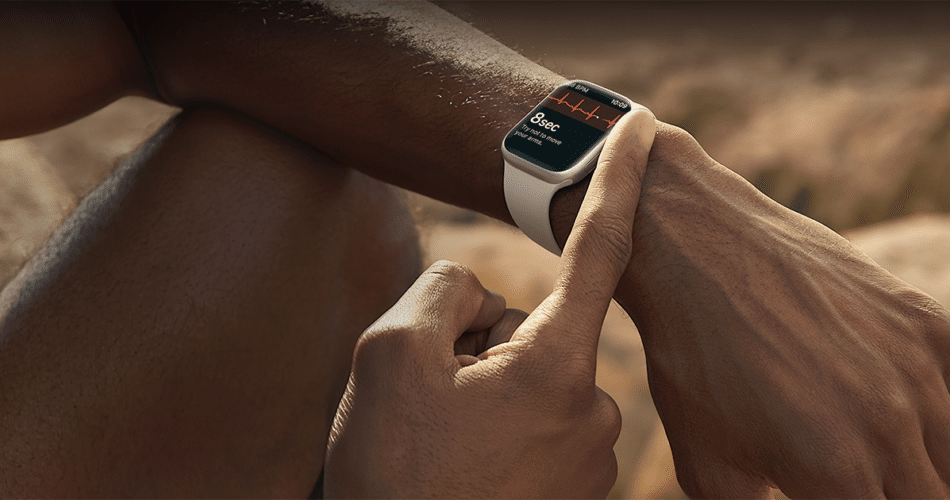Bloomberg’s Mark Gurman has revealed that Apple is advancing its health technology offerings, specifically exploring a blood sugar monitoring app designed to help individuals with prediabetes better manage their condition. Although rumors have circulated for some time about Apple’s work on noninvasive blood glucose monitoring, this latest report offers more insight into the company’s efforts. The app was reportedly tested internally on Apple employees and marks a potential new frontier for Apple in its pursuit of preventive health tools. By focusing on early intervention, the app could empower users to make informed dietary choices, reducing their risk of developing Type 2 diabetes.
Citing unnamed Apple sources, Gurman notes that selected employees confirmed their prediabetic status through blood tests before participating in the trial. Employees monitored their blood sugar levels daily using various third-party glucose-monitoring devices and logged changes in blood glucose in relation to their food intake.
The goal was to identify how specific foods affect blood glucose levels and empower participants to make dietary and lifestyle changes that could help them manage their blood sugar more effectively. For example, a meal rich in carbohydrates, such as pasta, could cause a noticeable spike in blood sugar, while adding a protein source could help regulate that spike. The app provides these insights to help prediabetic users learn how food impacts their glucose levels, promoting healthier choices and potentially reversing their prediabetic condition through diet and exercise.
Although the app is not slated for public release, it could lay the groundwork for future Apple health tools. The findings from this trial may inform future products, potentially leading to more integrated health monitoring features within Apple’s ecosystem.
Apple’s Health app, which currently lacks food-logging functionality, could benefit from more advanced glucose tracking and third-party integration, enabling users to monitor their meals’ impact on blood sugar. The report underscores Apple’s commitment to preventive health, aligning with the company’s larger health strategy, which already includes features like heart rate tracking, ECG readings, and third-party glucose-monitoring support.
Apple’s efforts in blood sugar monitoring are part of a much larger endeavor to make noninvasive glucose tracking available on consumer devices. For over 15 years, Apple has been working on a noninvasive glucose-tracking technology that could ultimately be integrated into the Apple Watch. The idea is to use a device that would employ lasers to measure glucose levels by projecting light into the skin and assessing glucose concentration without needing to puncture the skin, a significant improvement over traditional methods.
According to the report, Apple has already achieved proof-of-concept with a functional prototype, although it is still too large to fit into a device like the Apple Watch. Current prototypes are said to be about the size of an iPhone, and miniaturizing this technology for wearable use remains a major engineering challenge.
Subscribe to our email newsletter to get the latest posts delivered right to your email.


Comments